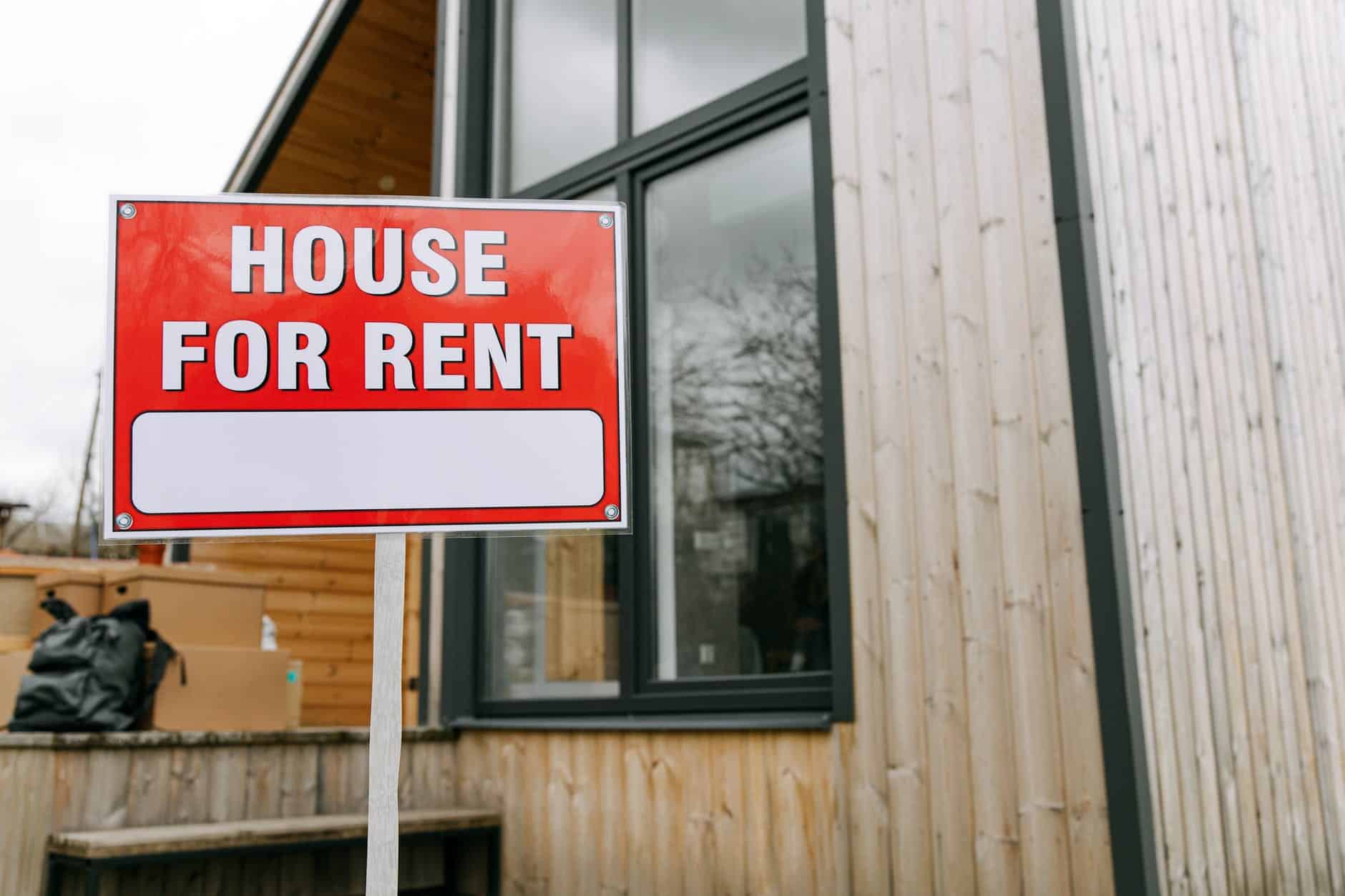National vacancy rates on the decline for first time in 20 years; Ajax among the lowest in Canada
Published March 22, 2022 at 10:15 am

Vacancy rates in most of Canada’s 150 largest cities are falling for the first time in twenty years, though the importance of this as an indicator of housing affordability is hotly debated amongst analysts.
The importance of vacancy rates and even the definition of ‘vacant housing’ is in dispute but most agree homes unoccupied or occupied by “not usual” residents is a vital housing parameter.
According to a report from Point2Homes.com, the importance of this indicator becomes especially clear in the heated debate around the effect of vacant homes on housing affordability. Started by an OECD report that was based on StatCan’s 2016 findings, the debate has some analysts claiming that empty homes contribute to the erosion of home affordability, while others believe this indicator is irrelevant.
Whether they’re new condos that just hit the market, vacation and secondary homes, underused investment properties or even rentals between successive tenants, Canada’s “ghost homes” may be a point of contention — but they’re a worthwhile one. As places that don’t have a usual resident (yet), the existence of vacant dwellings may — depending on the local context —help inform various housing policies.
That’s because the number of private dwellings that are not occupied by usual residents in Canada hovers around 1.3 million, according to the most recent Statistics Canada figures. However, while 2021 numbers are still high, they have dropped since the previous Census. What’s more, the national vacancy rate in Canada is falling for the first time in 20 years.
And considering the measures taken to reduce the number of empty homes — like Vancouver’s Empty Homes Tax and the proposed Underused Housing Tax — the private dwellings that were still vacant in May 2021 might be, in a larger share, newly constructed homes ready for their new owners and tenants.
With new Statistics Canada figures available for occupied and unoccupied private dwellings, Point2 analysts charted the 10-year evolution of vacancy rates and empty homes numbers across Canada and the 150 largest Canadian cities. We also looked at population changes in these cities during the same timeframe to see if there were any correlations between demographic changes and the reported vacancy rates.
Here are the main findings at the national and city level:
Although the number of unoccupied homes remained high (1.3 million), the vacancy rate in 2021 (8 per cent) fell to a level close to that of 20 years ago.
Compared to 2011, vacancy rates fell in 87 of the 150 most populous Canadian cities, whereas they stayed the same in one city and increased in 62 large cities.
St. Albert, AB experienced the largest increase in vacancy rates in the last 10 years (93 per cent), while Saanich, BC had the largest decrease (-53 per cent).
Four cities had vacancy rates above 10 per cent: Kawartha Lakes, ON (16 per cent), Wood Buffalo, AB (14.8 per cent), Fort Erie, ON (11.3 per cent) and Innisfil, ON (10.4 per cent).
Five cities in Quebec (Sainte-Julie, Mascouche, Repentigny, Terrebonne and Blainville) and two cities in Ontario (Halton Hills and Ajax) had the lowest vacancy rates in Canada, all below two per cent.
Vancouver — a city that entered the spotlight due to its high vacancy rates and taxes aimed at curbing the phenomenon — is finally seeing some changes. Compared to 10 years ago, vacancy rates here were down nine per cent. And, compared to five years ago, the results were even more spectacular: Vacancy rates were down 14.5 per cent since 2016.
Of the 150 large cities included in the study, 60 are in Ontario. Of these, the majority (33) saw their share of unoccupied dwellings decrease in the last decade. Whitchurch-Stouffville and Windsor led the way with 38 per cent drops, and six other large cities recorded drops of more than 30 per cent.
However, while the number of dwellings occupied by “not usual” residents increased in Brampton compared to 10 years ago, the vacancy rate here remained unchanged.
In the other 26 large cities, vacancy rates increased, with Sault Ste. Marie stealing the limelight due to a 61 per cent jump.
For this study, Point2Homes analyzed demographic and housing data from 2011 and 2021 for Canada’s 150 largest cities.
Population and housing data for all 150 cities, for 2011 and 2021 was sourced from Statistics Canada.
The number of unoccupied homes was calculated by subtracting the number of occupied dwellings from the total number of private dwellings, both for 2011 and for 2021. The change in population was calculated as the number of people living in a city in 2021 divided by the number of people living in the same city in 2011.
INdurham's Editorial Standards and Policies




